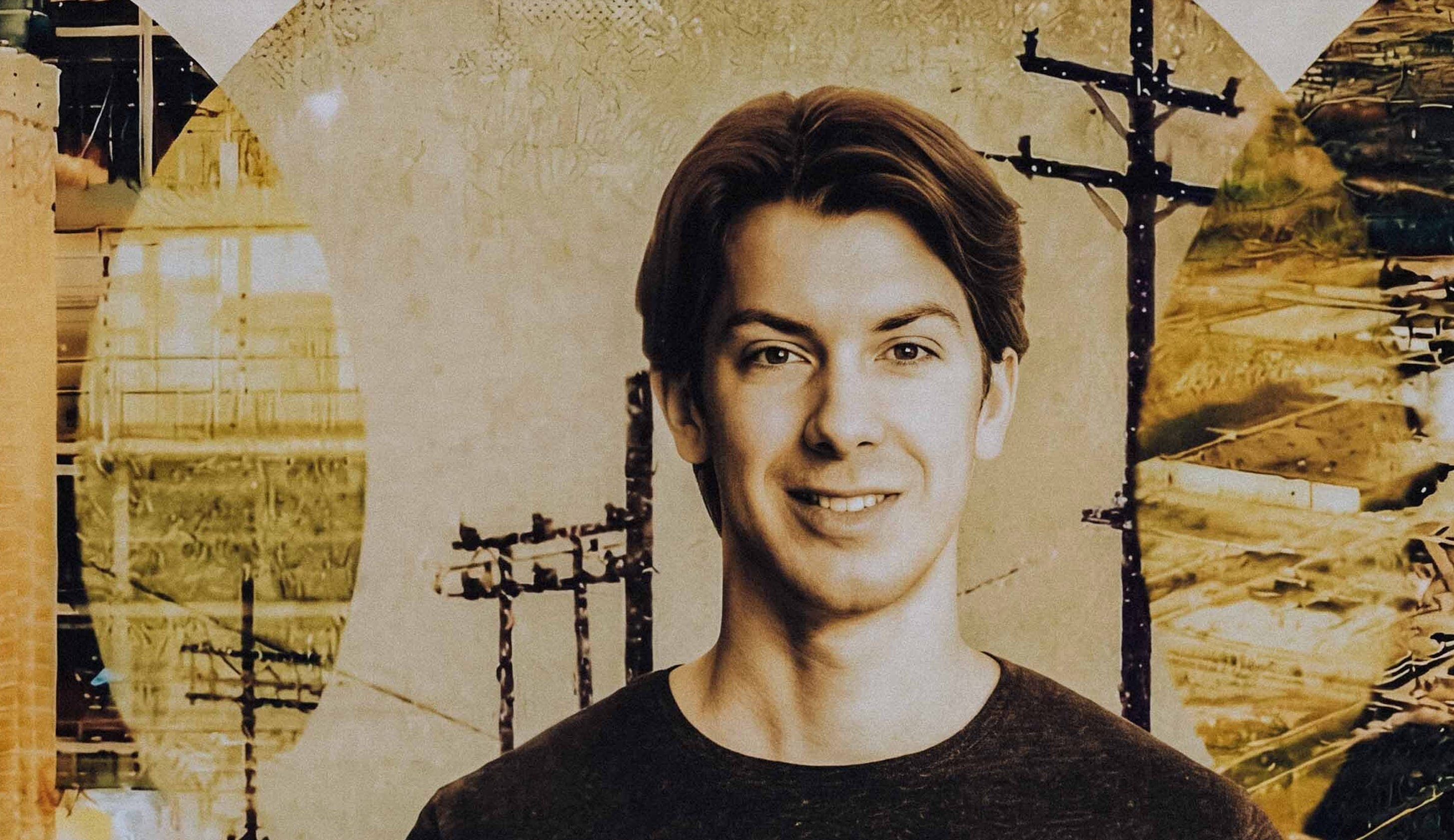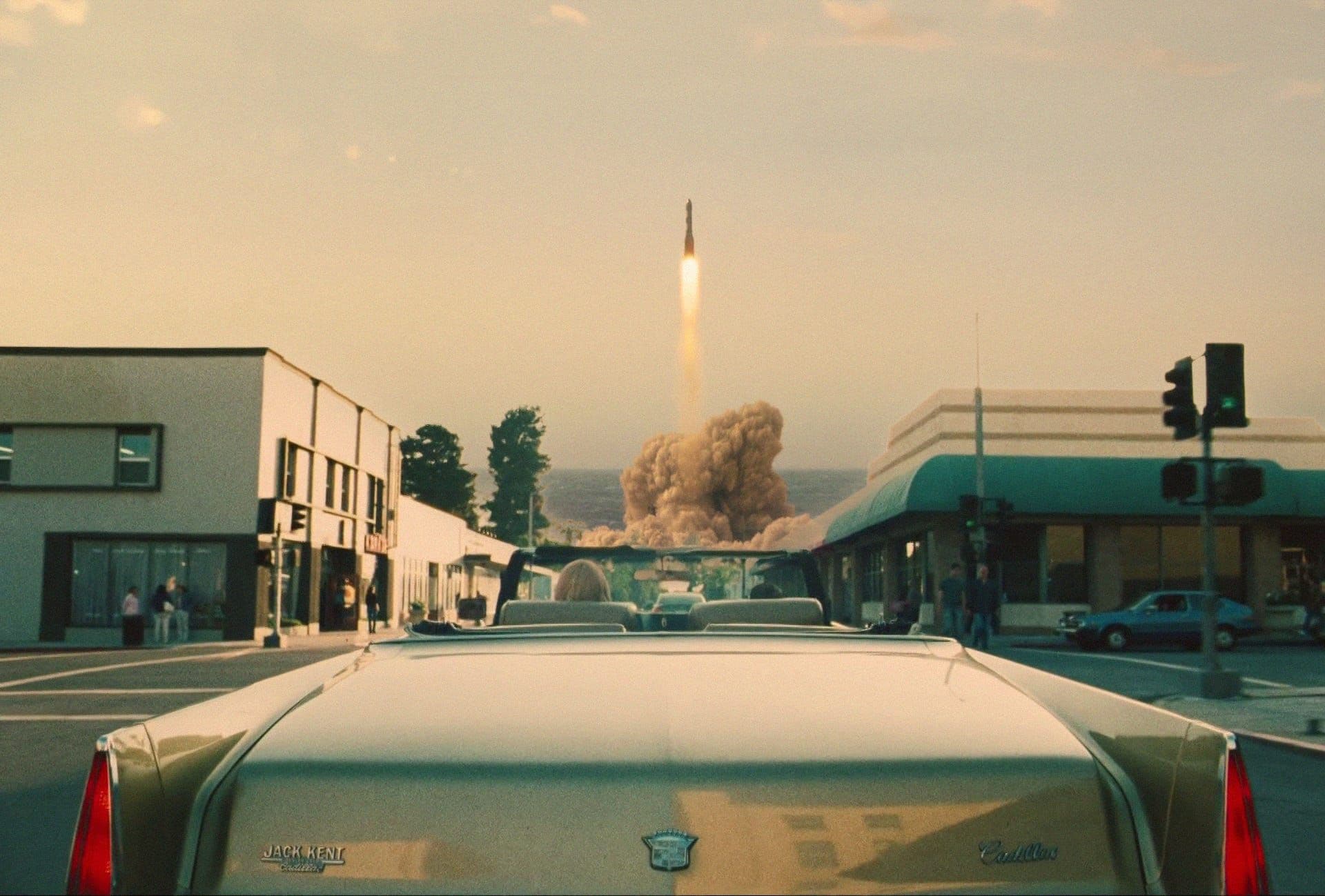
General Matter Lands $900M to Enrich Uranium in AmericaJan 9
the u.s. department of energy will invest $2.7b in america’s ability to finally create its own nuclear fuel, a feat we haven’t been able to pull off since the 80s
Dec 19, 2023

The technology industry has battled over where to live for years, now, and for good reason: network effects are critical, and while remote work does enable opportunity almost anywhere, higher concentrations of talent have always made for incredibly fertile ground to build. But there’s another important piece of the conversation worth discussing, which has nothing to do with geography. In public celebration of the place we live (or derision of the place we don’t), I think we’re mostly talking about identity. This is a separate subject, but no less vital, as identity is a precursor to shared identity, shared identity is how a culture forms, and culture shapes the world. Today, a portrait and brief, personal history of a reinvigorated identity in hardware, the place of its birth and home in Southern California, and a glimpse — I truly hope — of the future.
Scott Nolan is a former propulsion systems engineer for SpaceX, a partner at Founders Fund, and one of my oldest and dearest colleagues at the firm. He guests today for Pirate Wires with a dispatch from his home in Los Angeles, the glorious subject of his piece today.
-Solana